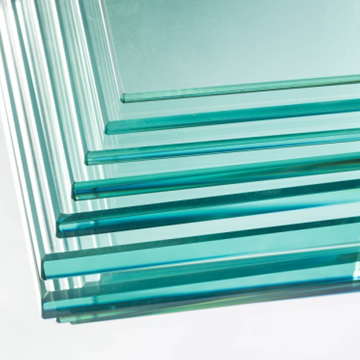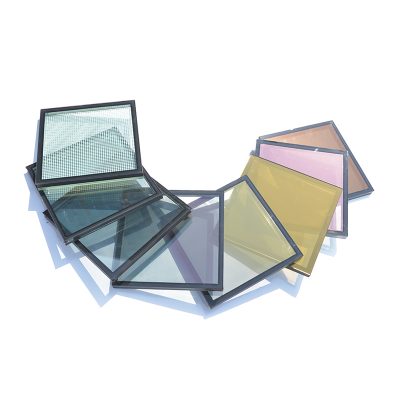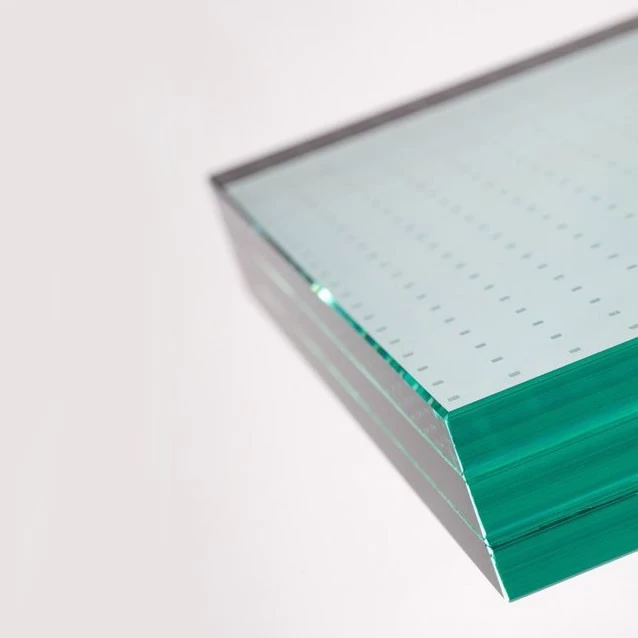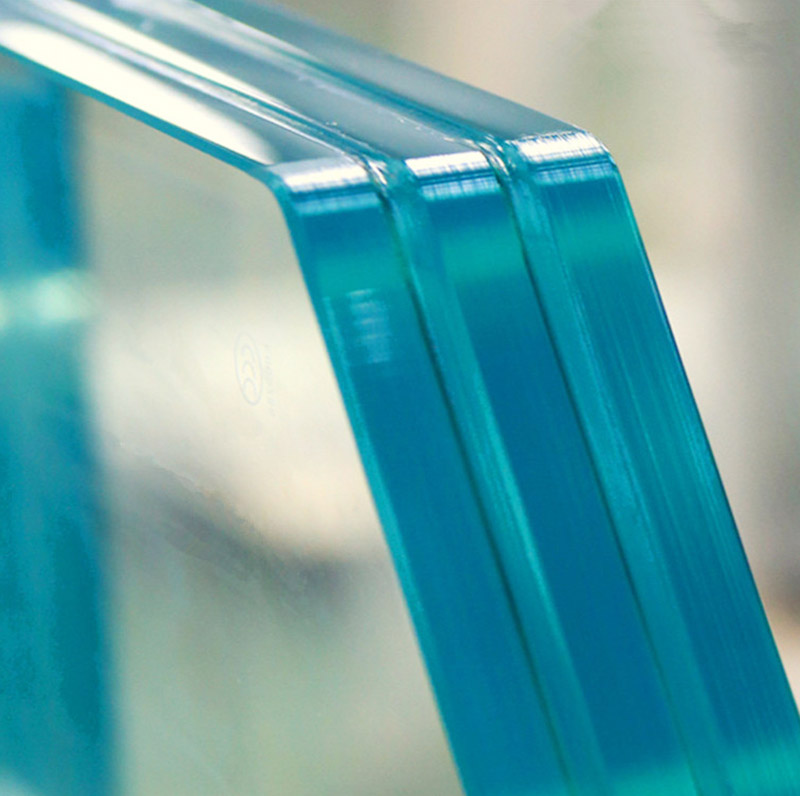The past few years have seen several highly publicized incidents involving window and balcony glass breaking spontaneously and falling from high-rise buildings in Toronto, Chicago, Las Vegas, and Austin, Texas. While such episodes are rare, the danger they pose has forced building code writers, architects, government officials, and related industry professionals to reconsider which types of glass should be specified for glass applications where strength and protection of passers-by are paramount.
For architects and specifiers, it is important to have an overview on the potential causes of spontaneous glass breakage, including some common misconceptions about its actual spontaneity. The term ‘safety glazing’ generally refers to any type of glass engineered to reduce the potential for serious injury when it comes into human contact. In addition to balcony glass, safety glazings are commonly required for:
sliding glass doors;
shower doors;
patio furniture;
skylights;
oven glass; and
automobile windshields.
Tempered, laminated, and heat-strengthened glass
The most common type of safety glass is tempered glass, which is made by heating pre-cut panels of glass to about 650 C (1200 F), then cooling them rapidly through a process called ‘quenching.’ By cooling the outer surfaces of the panel more quickly than the center, quenching puts the surfaces and edges of the glass in compression and the center of the glass in tension.
In addition to making tempered glass four to five times stronger than conventional annealed glass, re-heating and rapid quenching dramatically changes the break characteristics of the glass. Consequently, when tempered glass is broken, it shatters into thousands of tiny pebbles—this practically eliminates the danger of human injury caused by sharp edges and flying shards.
Another type of safety glazing, laminated glass, is made by sandwiching an interlayer of vinyl (typically polyvinyl butyral [PVB]) between two layers of glass to hold the panel together if it is broken. Although laminated glass is most commonly associated with windshield glass for automobiles, it is increasingly being specified for storefronts, curtain walls, and windows to meet codes for hurricane-resistant glass.
A third option, heat-strengthened glass, is not technically a safety glazing. This is because when it breaks, it may form larger sharp shards that can cause serious injury. However, heat-strengthened glass still meets Consumer Product Safety Commission (CPSC) 16 Code of Federal Regulations (CFR) Part 1201 and Class A of American National Standards Institute (ANSI) Z97.1, Safety Glazing Materials Used in Buildings?Safety Performance Specifications and Methods of Test, for many safety glass applications when it is combined with a laminated interlayer that holds the glass together if it breaks.
As with tempering, heat-strengthening involves exposing pre-cut glass panels to temperatures of up to 650 C, but with a slower cooling process. Heat-strengthened glass is not as strong as tempered glass because the compression strength is lower—about 24,130 to 51,710 kPa (3500 to 7500 psi) compared to 68,950 kPa (10,000 psi) or greater. However, it is about twice as strong as annealed glass. For this reason, heat-strengthened glass is often specified for applications demanding resistance to thermal stress and snow- and wind-loads.
Causes of glass breakage
The incidents of spontaneous glass breakage in Chicago, Las Vegas, Austin, Texas, and Toronto occurred exclusively with tempered glass. Despite that material’s high levels of strength and capacity to meet safety glazing requirements, it is uniquely vulnerable to these types of failures. Ironically, the center tension zone engineered into tempered glass through the quenching process is also what makes it so vulnerable to catastrophic breakage.
Poor edge quality
There are many potential causes for spontaneous breakage of tempered glass. The most common is damage to the edges of glass as it is being pre-cut into panels, or nicks or chips to the edges that occur when the glass is being packaged, shipped, or installed onsite.
While such damage may not be readily apparent, stress concentrations around these imperfections can occur as the glass expands and contracts in response to in-service temperature changes, wind load, building movement, and other environmental factors. Ultimately, when those stresses cause the glass to break, the action may appear to have been spontaneous when, in fact, the circumstances for failure had been put in place months or even years earlier.

Frame-related breakage
Expansion and contraction of glass framing members may also lead to frame-related breakage—another common form of seemingly spontaneous failure. Such incidents occur when the gaskets, setting blocks, or edge blocks in a metal window or curtain wall frame are missing or do not sufficiently cushion the glass against glass-to-metal contact caused by temperature or wind-related movement. This can cause edge and surface damage to the glass as it comes in contact with the metal frame’s perimeter, producing stresses that eventually lead it to fail for no apparent reason.
Thermal stress
Another potential cause of spontaneous glass breakage is thermal stress. Thermally induced stresses in glass are caused by a positive temperature difference between the center and edge of the glass lite, meaning the former is hotter than the latter. The expansion of the heated glass center results in tensile stress at the edge of the glass. If the thermally induced stress exceeds the edge strength of the glass, breakage occurs.
Accounting for thermal stress is especially critical today, as current design trends and the desire for daylighting are driving the industry toward the specification of larger insulating glass units (IGUs) with high-performance solar control coatings. Large IGUs have inherently greater glass surface and edge areas. When they are combined with coatings designed to manage the sun’s energy, more rigorous thermal stress analyses are required.
glass breakage patterns
Below are four types of glass breakage and how to identify them, in both commercial and residential settings.

Stress Cracks
Stress cracks start out near the edge of the window and spread from there. The cause of a stress crack is typically temperature-related, such as extreme heat or cold. Stress cracks occur in annealed or heat strengthened glass. To identify the difference between a stress crack and other glass breakage caused by edge damage, look for a chip at the edge of the glass – which is referred to as an “oyster.”
Impact Breakage
Impact breakage is caused by immediate impact, such as a ball thrown at a glass window at high speed. The pattern of the glass breakage is influenced by the speed of the object, as well as its size and thickness. A center point of impact breakage is formed during this type of glass damage, with lines forming around the perimeter going outwards.

Spontaneous Breakage
Spontaneous breakage refers to tempered glass breakage that seems to happen for no obvious reason, breaking on its own. There is always a reason, however, and it’s usually due to installation damage such as chipped glass edges. It’s a rare occurrence, but spontaneous breakage can also stem from nickel sulfide inclusions – a small rock that has remained in the glass and has the natural desire to return to its natural size, causing the glass to break as it expands.
Edge Damage
As mentioned above, edge damage happens with tempered glass breakage. It causes spontaneous breakage when the glass edges are compromised, for example chipped or nicked during installation, delivery or if the glass was cut into smaller panels.
Wallkingdon Glass provides first-class products and services to exceed customer expectations. No matter what your project needs—from external high-rise windows to large-capacity glass in storefronts or showrooms, please contact us through the following ways: enquiry@wallkingdonglass.com










